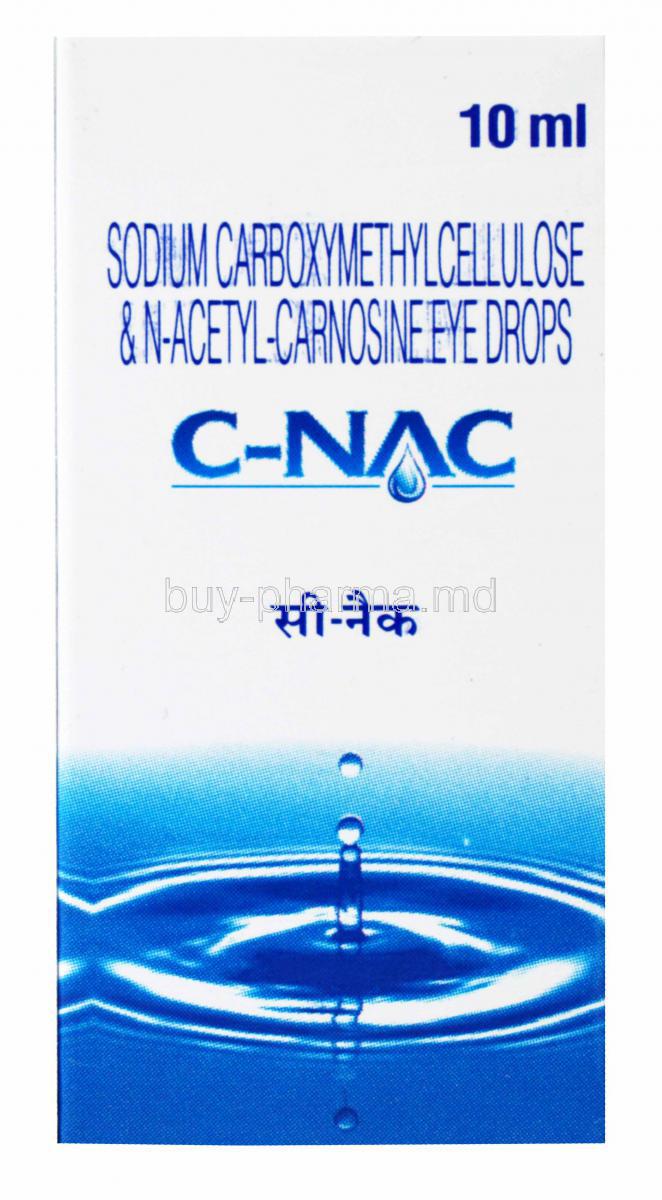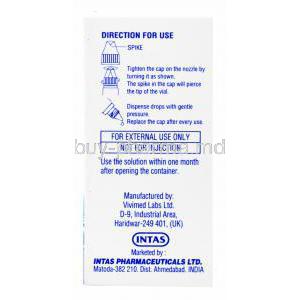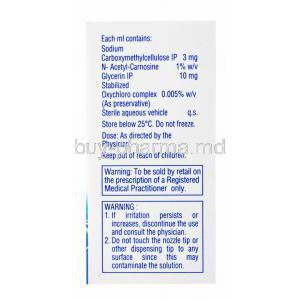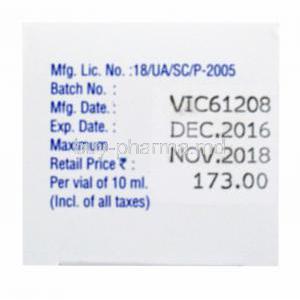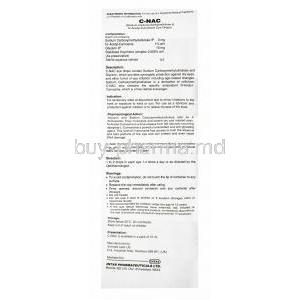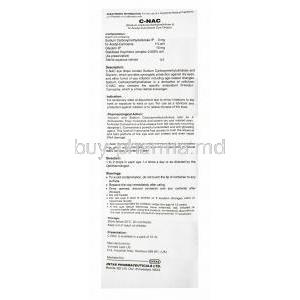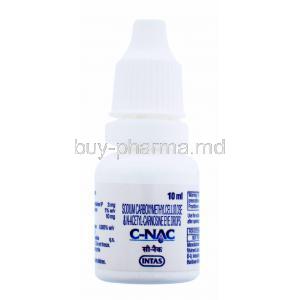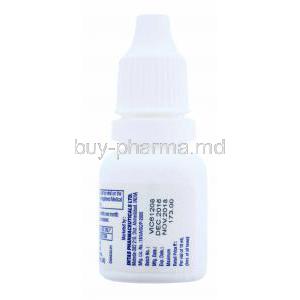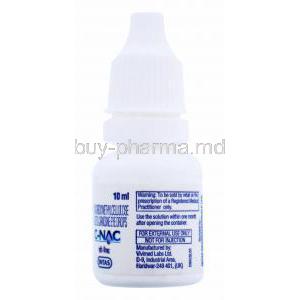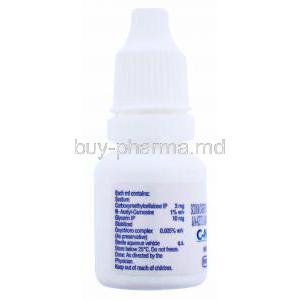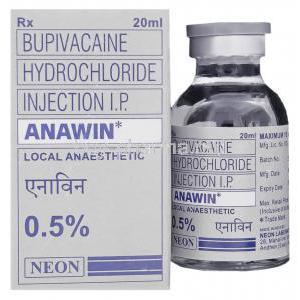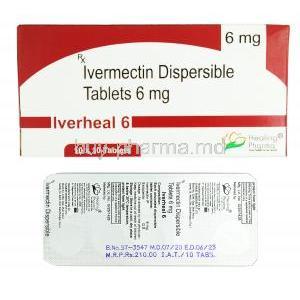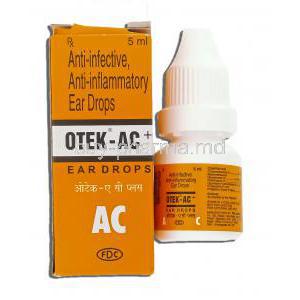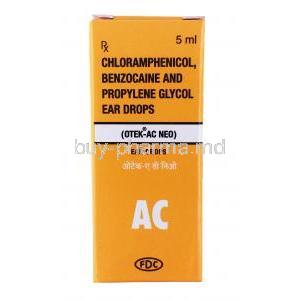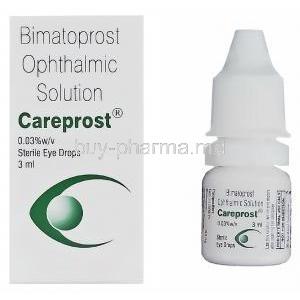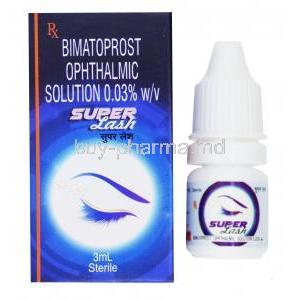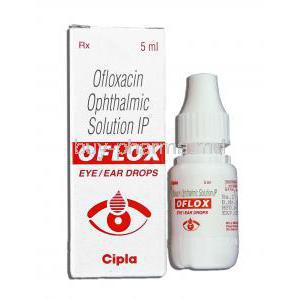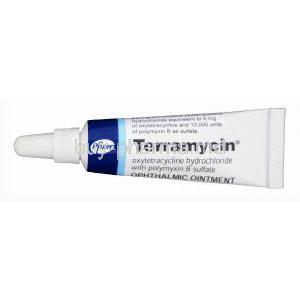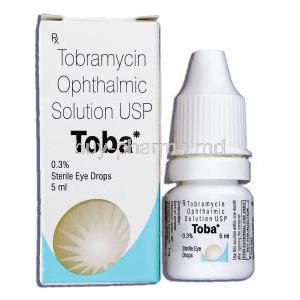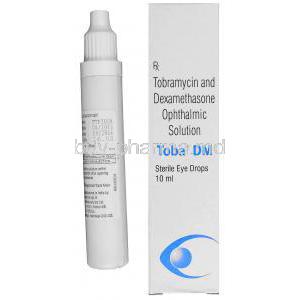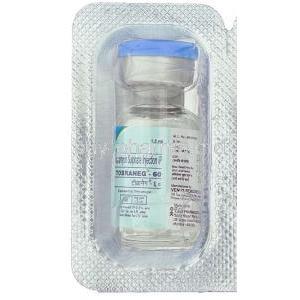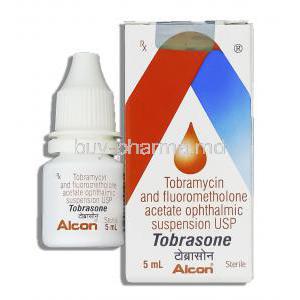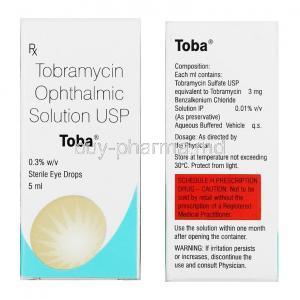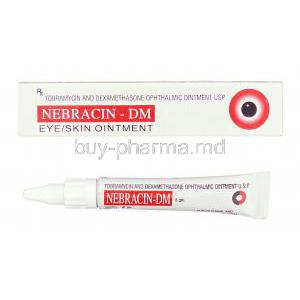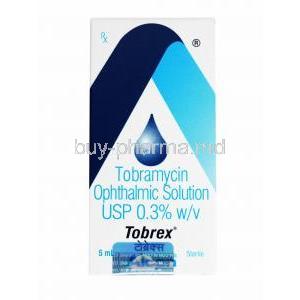1. Introduction to Carboxymethylcellulose and N-Acetyl-Carnosine
Overview of dual-component ophthalmic formulations
Carboxymethylcellulose (CMC) and N-acetyl-carnosine (NAC) represent a novel synergistic combination in ophthalmic care. CMC acts primarily as a demulcent, soothing and lubricating the ocular surface, while NAC, a powerful antioxidant, penetrates the eye to mitigate oxidative stress. Together, they form a formidable duo in managing a range of eye conditions, from dry eye to early-stage cataracts.
History and development of carboxymethylcellulose (CMC) in eye care
CMC has long been a staple in ocular therapy, tracing its clinical use back to the mid-20th century. Originally developed as a food additive and pharmaceutical excipient, its viscoelastic and water-retentive properties led to its widespread adoption in ophthalmic solutions. It mimics mucin, improving tear film stability in patients with compromised ocular surfaces.
Origin and research background of N-acetyl-carnosine (NAC) in cataract management
NAC is a derivative of carnosine, an endogenous dipeptide with potent antioxidative capacity. Its ophthalmic potential was first explored in Eastern European clinical studies, where NAC demonstrated the ability to delay lens opacification. Research indicated that NAC penetrates the cornea, releasing carnosine into the aqueous humor where it quenches reactive oxygen species (ROS) and inhibits glycation of lens proteins.
FDA status and regulatory considerations
While CMC is widely approved by the FDA for ocular use in artificial tears, NAC-based formulations remain categorized as investigational or over-the-counter supplements in certain regions. Regulatory frameworks vary internationally, with stricter oversight in the U.S. and broader OTC access in Europe and parts of Asia.
2. Medical and Therapeutic Uses
2.1. Approved Uses of Carboxymethylcellulose
- Relief of dry eye symptoms (keratoconjunctivitis sicca)
- Moisturization of ocular surfaces exposed to environmental irritants
- Post-operative lubrication following LASIK and cataract surgery
CMC is also utilized in preservative-free multi-dose systems for patients requiring frequent instillation.
2.2. Approved Uses of N-Acetyl-Carnosine
- Delays senile cataract progression (non-FDA approved, OTC in select regions)
- Provides antioxidant protection to aging ocular tissues
The compound shows promise in mitigating UV-induced oxidative lens damage.
2.3. Combined Use in Ophthalmic Formulations
Together, CMC and NAC deliver complementary effects:
- CMC maintains surface hydration
- NAC penetrates deeper ocular layers to preserve lens clarity
Such dual-action eye drops are marketed for patients seeking both symptomatic relief and long-term vision preservation.
2.4. Off-Label and Investigational Uses
- Experimental therapies for corneal dystrophies, including epithelial basement membrane dystrophy - Use in oxidative retinopathies and age-related macular degeneration - Potential to prevent glycation-induced protein aggregation within the lens
3. Mechanism of Action: How Carboxymethylcellulose and N-Acetyl-Carnosine Work
3.1. Carboxymethylcellulose (CMC) Mechanism
CMC stabilizes the tear film by binding to conjunctival mucins. It:
- Adheres to the ocular epithelium for prolonged effect
- Enhances tear film breakup time
- Reduces evaporation-related discomfort
3.2. N-Acetyl-Carnosine (NAC) Mechanism
- Converts enzymatically into active carnosine within the aqueous humor - Acts as a free radical scavenger, particularly effective against lipid peroxidation - Chelates metal ions and inhibits non-enzymatic glycation, crucial for lens transparency - May prevent opacification by protecting crystalline proteins from oxidative stress
4. Composition and Formulation Details
- Active ingredient concentrations typically include:
- CMC 0.5% to 1.0%
- NAC 1%
- Inactive components may include boric acid, sodium chloride, and buffering agents - Preservative-free variants are increasingly preferred to reduce cytotoxicity - Dosage forms include:
- Sterile ophthalmic solutions
- Gel-form drops for extended ocular surface retention
5. Dosage and Administration Guidelines
5.1. Standard Adult Dosage
- Instill 1–2 drops in the affected eye(s) 2–4 times daily - Duration of use:
- Dry eye: Ongoing, based on symptomatology
- Cataract management: Minimum of 3–6 months for noticeable results
5.2. Dose Adjustment Considerations
- Increase frequency during periods of intense eye strain or dryness - Maintenance regimens may require morning and evening dosing only - Gradual tapering can be considered after symptom resolution
6. Side Effects and Adverse Reactions
6.1. Common Side Effects
- Mild stinging or burning sensation upon application
- Intermittent blurred vision lasting a few seconds post-instillation
- Redness or ocular pruritus
6.2. Less Common or Serious Adverse Effects
- Allergic conjunctivitis in sensitive individuals - Hypersensitivity or local irritation due to excipients - Improper handling may lead to microbial contamination and secondary infections
7. Drug Interactions and Compatibility
- Minimal systemic interaction profile due to topical application - Potential reduced efficacy if used simultaneously with incompatible ophthalmic solutions - Preservatives such as benzalkonium chloride may interact negatively with contact lenses - Best practice:
- Administer other eye medications at least 5–10 minutes apart
- Use preservative-free versions for long-term therapy or in polypharmacy cases
8. Warnings and Contraindications
8.1. Contraindications
Patients with a documented hypersensitivity to **carboxymethylcellulose (CMC)**, **N-acetyl-carnosine**, or any inactive ingredients present in the formulation must avoid usage. Hypersensitive reactions, although infrequent, can precipitate significant ocular discomfort or immune-mediated responses.
- Known allergic conjunctivitis triggered by topical ocular agents is a strong contraindication.
- Past intolerance to ophthalmic solutions containing bioactive peptides or cellulose derivatives should be considered an exclusion criterion.
8.2. Warnings
Caution must be exercised in individuals presenting with **active ocular infections**, including bacterial conjunctivitis, herpetic keratitis, or fungal eye infections. Using lubricants or antioxidants may mask underlying pathology. To prevent microbial contamination:
- Do not allow the applicator tip to contact eyelids, fingers, or other surfaces.
- Always replace the cap securely after each use.
Repeated misuse may increase the risk of iatrogenic infection.
9. Precautions and Special Administration Considerations
9.1. Careful Administration Scenarios
Certain ocular conditions warrant increased vigilance:
- **Post-operative patients** (e.g., cataract extraction, LASIK) may have compromised epithelial integrity, increasing susceptibility to irritation or delayed healing.
- In cases of **chronic inflammatory ocular surface disease**, including blepharitis or conjunctivochalasis, prolonged use may exacerbate local reactivity.
9.2. Important Patient Precautions
Contact lens users must:
- Remove lenses before instillation and wait at least 15 minutes before reinsertion.
- Prefer preservative-free formulations to reduce corneal epithelial toxicity.
Proper technique is essential:
- Tilt the head back, gently pull down the lower eyelid, and apply the prescribed number of drops.
- Avoid blinking vigorously or rubbing the eyes immediately after instillation.
10. Use in Special Populations
10.1. Administration to Elderly Patients
Elderly patients, often presenting with **age-related cataracts** or **reduced tear film production**, benefit from the dual-action properties of CMC and NAC. However, caution is advised:
- Manual dexterity challenges may impair accurate administration.
- Caregivers should monitor adherence and ocular response.
10.2. Use in Pregnant and Breastfeeding Women
Though systemic absorption from ophthalmic NAC and CMC is minimal, safety in pregnancy is not fully established.
- Use only if the expected benefit outweighs the potential risk.
- Monitor for any signs of systemic exposure in breastfeeding neonates, although transfer via breast milk is highly unlikely.
10.3. Pediatric Use and Safety
Use in children is considered on a case-by-case basis. While data on **pediatric dry eye syndrome** and **congenital cataract management** with NAC is evolving, safety profiles remain under-researched.
- Formulations should be preservative-free for pediatric use.
- Age-specific studies and dosage recommendations are limited.
11. Overdose and Emergency Handling
Symptoms of Ocular Overdose
Although rare, excessive application may result in:
- Increased tearing or ocular discomfort
- Temporary blurring or visual distortion
- Inflammatory response in sensitized individuals
Management of Excessive Application
- Rinse the eye with sterile saline or lukewarm water - Temporarily discontinue use and consult an ophthalmologist - Avoid reapplication until symptoms resolve
When to Seek Emergency Medical Attention
Immediate care is required if:
- Severe eye pain, swelling, or persistent redness occurs
- Signs of systemic allergic reaction (e.g., facial swelling, breathing difficulty)
12. Storage Instructions and Shelf Life
Recommended Storage Temperature
Store the product at **15–25°C (59–77°F)**. Avoid freezing or exposing to high heat.
Light and Moisture Protection
Protect from direct sunlight and humidity. Store in its original packaging until use.
Expiry After Opening and Discard Timeline
Once opened:
- Most eye drop bottles should be discarded within 30 days, unless specified otherwise.
- Single-use vials must be used immediately and not stored for reuse.
13. Handling and Usage Precautions
Sterility Maintenance and Dropper Hygiene
- Wash hands thoroughly before use - Avoid contact between the dropper tip and any surface, including the eye
Disposal of Expired or Contaminated Product
Do not flush unused medication. Follow local pharmaceutical disposal guidelines or return to a pharmacy take-back program.
Tips for Safe Home Use and Travel Storage
- Carry the bottle in a padded container during travel
- Use a labeled schedule to ensure timely dosing
- Do not share eye drops with others, even within the same household
Consistent and hygienic usage ensures optimal therapeutic benefit and safety.

